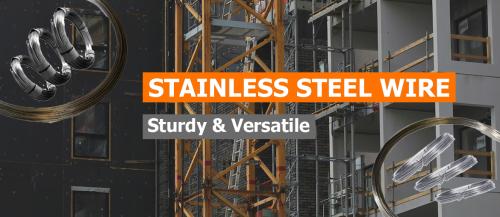Stainless steel was originally invented by Harry Brearly. Harry was born in 1871 and left school at the age of 12 after a childhood beset with poverty and hardship, to take on a job cleaning bottles in a chemical laboratory. In the following years, Harry attended night school and private study and was soon to become an expert on the field of analysis of steel and its production.
In 1908, having by now firmly established his reputation for solving metallurgical problems, Harry was offered the opportunity to set up Brown Firth Laboratories to pursue an incredibly innovative idea for the time; research into the problems of making steel.
In 1912, a small arms manufacturer approached Harry to assist with the problems they were having with parts of a rifle barrel eroding away, resulting in Harry looking for steel with increased resistance to erosion, rather than corrosion. As part of his investigation, he experimented with steels that had chromium in their make-up, as they had a higher melting point than regular steels. Subsequently, a number of different melts of 6 to 15% chromium with differing carbon contents were made. It wasn’t until the summer of 1913 that the first stainless steel that we know of today was melted and contained 0.24% carbon and 12.8% chromium.
Harry parted company with his employers over the patent rights to his invention of stainless steel, and he subsequently joined Brown Bayleys, another Sheffield-based company. His replacement at the Brown Firth Laboratories was Dr W. H. Hatfield, who is credited with the invention in 1924 of 18/8 stainless steel (18% chromium, 8% nickel) which, with various additions, still dominates the melting of stainless steel today. Dr Hatfield was also credited with inventing 18/8 stainless with titanium added, now known as 321.
The majority of the standard grades of stainless steel that are still in use today were invented in the period 1913 to 1935. Stainless steel is now widely used across the globe for a multitude of purposes, from a simple screw or bolt, to automotive and aerospace applications.






